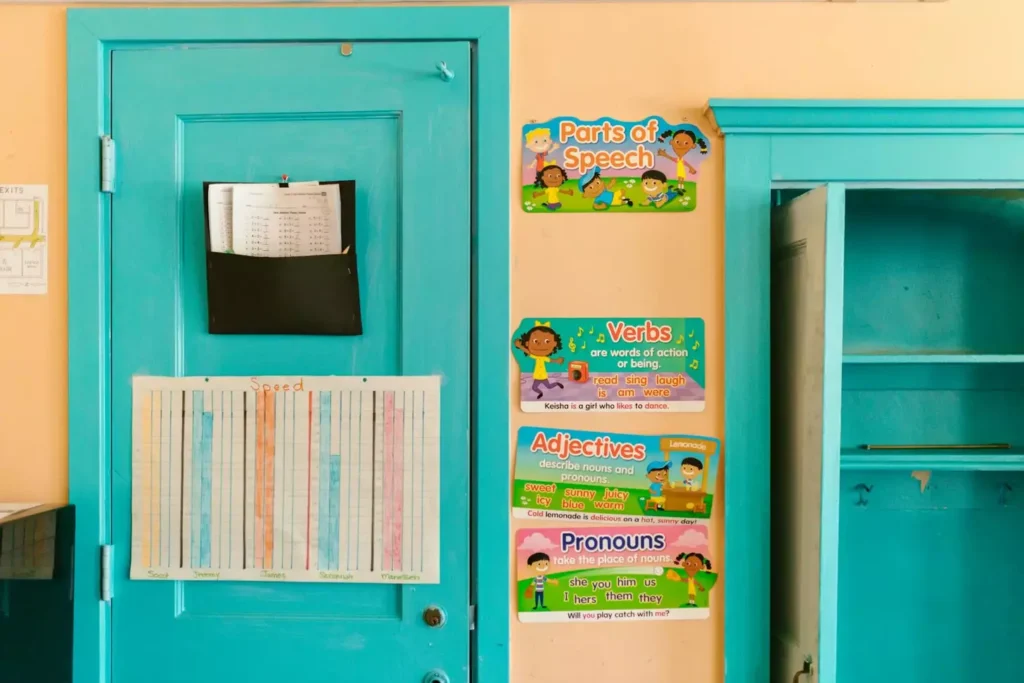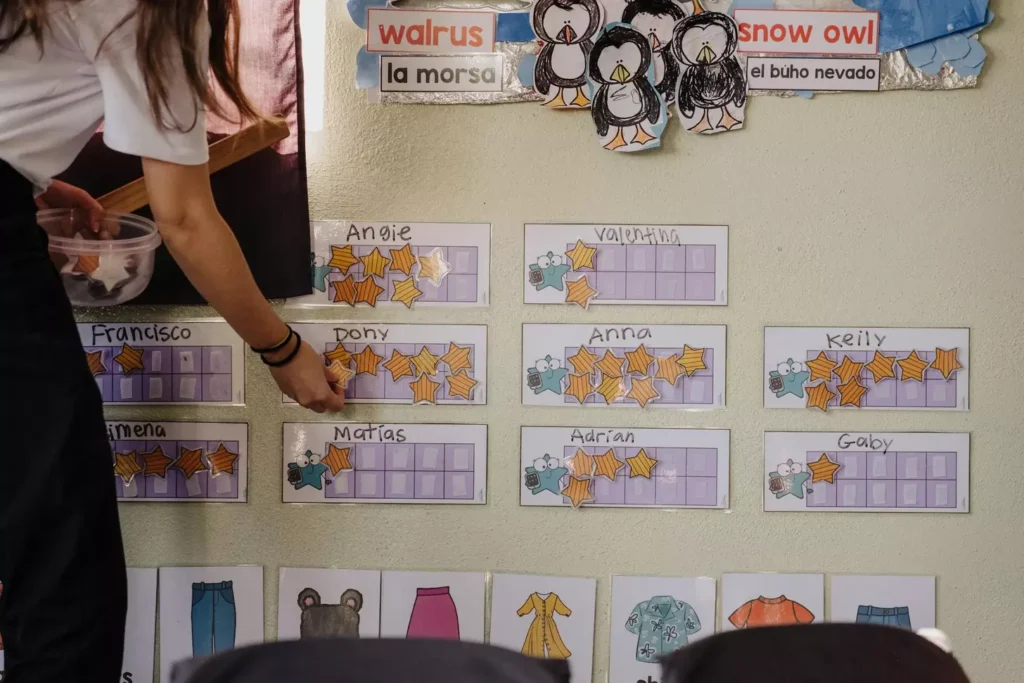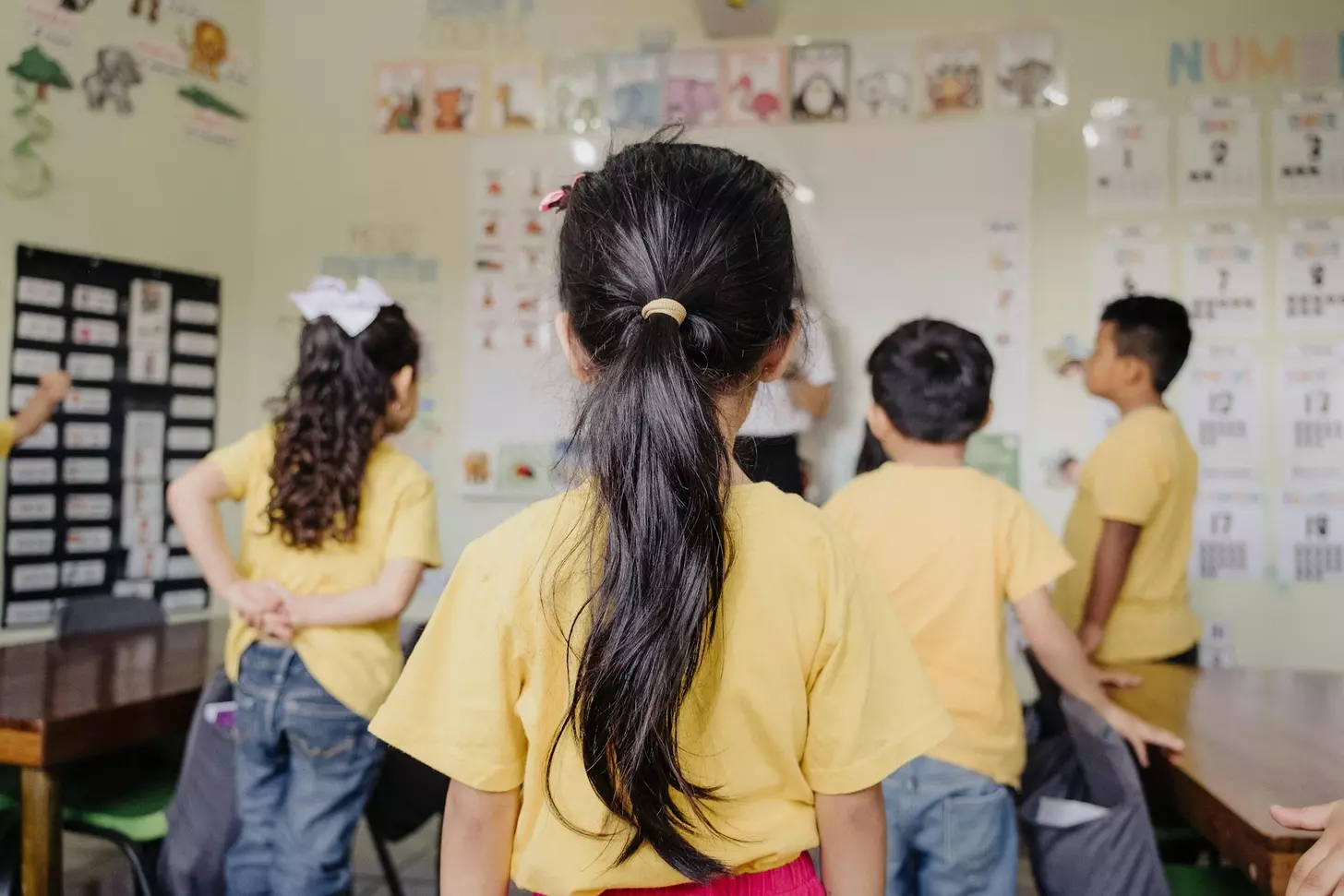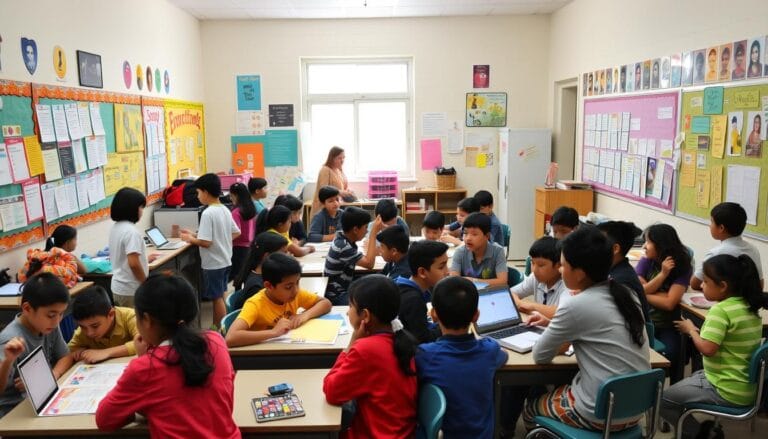Best Behavior Chart for Classroom Management Success
Managing student actions in a school setting can be challenging. Many educators turn to tools like behavior charts to track progress and encourage positive actions. These systems aim to create structure and clarity for both teachers and students.
While behavior charts can be effective, they are not without their flaws. For example, they may unintentionally cause stress or anxiety in some children. Publicly tracking actions can sometimes lead to feelings of shame or a loss of self-worth.
This article explores the benefits and drawbacks of using these tools. You’ll learn how to balance structure with emotional support, ensuring a positive environment for every student. Let’s dive into the details and discover better ways to manage expectations in your school.
Table of Contents
Understanding the Impact of Behavior Charts on Student Wellbeing
Tracking student progress can sometimes have unintended emotional effects. While these tools aim to encourage positive actions, they may also trigger feelings of shame or anxiety. It’s essential to consider how these systems influence a child’s sense of self and autonomy.
Navigating Emotional Consequences
Publicly monitoring actions can lead to emotional distress. For example, color-coded or numerical tracking methods may cause some students to feel singled out. This can result in lower self-esteem and increased anxiety.
Experts suggest that repetitive tracking systems can reinforce negative self-assessment. Instead of fostering growth, they may highlight shortcomings. This can make it harder for students to feel confident in their abilities.
Effects on Autonomy and Self-Esteem
When students are constantly evaluated, their sense of autonomy may diminish. They might rely on external rewards rather than developing internal motivation. This focus on incentives can hinder long-term progress.
Research shows that students thrive in environments where they feel supported. By shifting the focus from tracking to encouragement, educators can help build a positive and nurturing atmosphere.
Evaluating Traditional Behavior Chart Systems
Traditional systems for tracking actions often come with hidden drawbacks. While they aim to encourage positive actions, they may unintentionally harm a child’s emotional well-being. These methods focus on surface-level symptoms rather than addressing deeper challenges.

Risks of Stigmatization and Anxiety
Publicly tracking actions can lead to feelings of shame and anxiety. For example, removing chips or marks in front of peers can increase stress. This approach may reinforce negative self-perception rather than fostering growth.
Experts argue that such systems can create a disconnect between a child’s actions and their self-worth. Instead of building confidence, they may highlight shortcomings. This can make it harder for students to thrive in their environment.
Addressing Surface-Level Symptoms
Traditional charts often focus on immediate actions without considering underlying issues. They treat actions as a matter of choice rather than skill deficits. This superficial approach can miss the root causes of challenges.
Research shows that external rewards, like stickers or points, may hinder the development of internal motivation. Students might rely on these incentives instead of learning self-regulation. This can limit long-term progress and emotional growth.
Using these systems as a one-size-fits-all solution may not work in diverse classrooms. Each child has unique needs, and a tailored approach is often more effective. By shifting focus to support and skill-building, educators can create a more nurturing environment.
How to Create an Effective behavior chart for classroom Management
Designing a tool to encourage good habits among learners involves collaboration and creativity. A well-structured approach can help guide actions while fostering a positive environment. Here’s how you can create a system that works for your school.
Steps to Design Your System
Start by identifying the specific actions you want to encourage. Break these into clear, achievable tasks that align with your expectations. For example, focus on skills like teamwork or time management.
Next, choose a format that is easy to understand. Visual aids, such as color-coded sections or progress trackers, can make the system more engaging. Ensure it’s simple enough for every child to follow.

Finally, integrate rewards that motivate learners. These can be small incentives, like extra playtime or a special task. The key is to make the system meaningful and fun.
Incorporating Learner Input and Collaboration
Involving students in the process can increase their sense of ownership. Hold small group discussions to gather ideas and prioritize classroom promises. This collaborative approach ensures everyone feels heard.
Transform negative statements into positive goals. For instance, instead of saying “Don’t interrupt,” frame it as “Wait your turn to speak.” This shift encourages a supportive environment.
Research shows that peer approval is a powerful motivator. Encourage students to support each other in meeting expectations. This fosters cooperation and accountability.
By combining clear structure with student input, you can create a system that promotes progress and positivity. It’s a practical way to manage actions while building essential skills.
Exploring Alternatives and Enhancements to Behavior Charts
Innovative approaches to managing student actions can transform the learning experience. Instead of relying on traditional systems, many educators are turning to collaborative practices that promote self-awareness and group accountability. These methods not only reduce stress but also foster a more supportive environment.
Implementing Classroom Promises
Classroom Promises are a powerful way to set shared expectations. Start by holding small group discussions where students can voice their ideas. This collaborative process ensures everyone feels heard and valued.
Once the ideas are gathered, transform them into positive goals. For example, instead of saying “Don’t interrupt,” frame it as “Wait your turn to speak.” This shift encourages a supportive atmosphere where students thrive.
Research shows that peer approval is a strong motivator. Encourage students to support each other in meeting these promises. This fosters teamwork and accountability, making the classroom a more cohesive space.
Using Behavior Reflections for Self-Awareness
Behavior Reflections, like Thumbs-Up/Thumbs-Down activities, encourage self-assessment. These practices help students evaluate their actions without relying on external rewards. It’s a simple yet effective way to build intrinsic motivation.
By reflecting on their choices, students become more aware of their impact on others. This self-awareness leads to better decision-making and reduced conflict. Over time, these reflections can enhance teamwork and create a positive classroom culture.
Studies have shown that reflective practices improve emotional growth. Students who engage in these activities often report feeling more confident and capable. It’s a long-term strategy that benefits both the individual and the group.
Integrating Trauma-Informed and Skill-Building Approaches
Creating a supportive learning environment requires understanding the emotional needs of every student. Trauma-informed practices help educators address the root causes of actions, rather than focusing solely on surface-level symptoms. This approach fosters resilience and long-term growth.
Understanding the Role of Trauma Logic in Behavior
Trauma logic explains how past experiences shape a child’s responses. For example, a student who feels unsafe may act out as a way to protect themselves. Traditional tracking systems often misinterpret these actions as defiance or disobedience.
Instead of imposing external controls, educators can focus on building trust. This shift helps students feel safe and understood. Research shows that 1 in 4 students experience significant trauma before the age of 18, making this approach essential.
Fostering Essential Social and Emotional Skills
Skill-building activities empower students to navigate challenges with confidence. For instance, teaching emotional regulation can reduce anxiety levels by approximately 20%. These practices also improve focus and attention by 27%.
Classroom interventions, like mindfulness exercises or movement breaks, create a positive environment. These strategies not only support emotional growth but also enhance teamwork and accountability.
By integrating trauma-informed practices, educators can shift from punitive measures to compassionate support. This approach validates student experiences and fosters a culture of resilience and success.
Conclusion
Effective classroom strategies focus on building trust and fostering growth. Traditional behavior charts often fall short by emphasizing external rewards over intrinsic motivation. These systems can unintentionally harm a student‘s self-esteem and autonomy.
Instead, consider collaborative and trauma-informed approaches. These methods address root causes, promote self-awareness, and build essential skills. By involving learners in setting expectations, you create a supportive classroom environment.
Reflect on your current practices and explore innovative tools. Shift from tracking actions to nurturing growth. Adopt strategies that prioritize emotional well-being and long-term success. This approach ensures every learner thrives.








